We have much more to do and your continued support is needed now more than ever.
Cleaning Up the Texas Coast After Hurricane Harvey
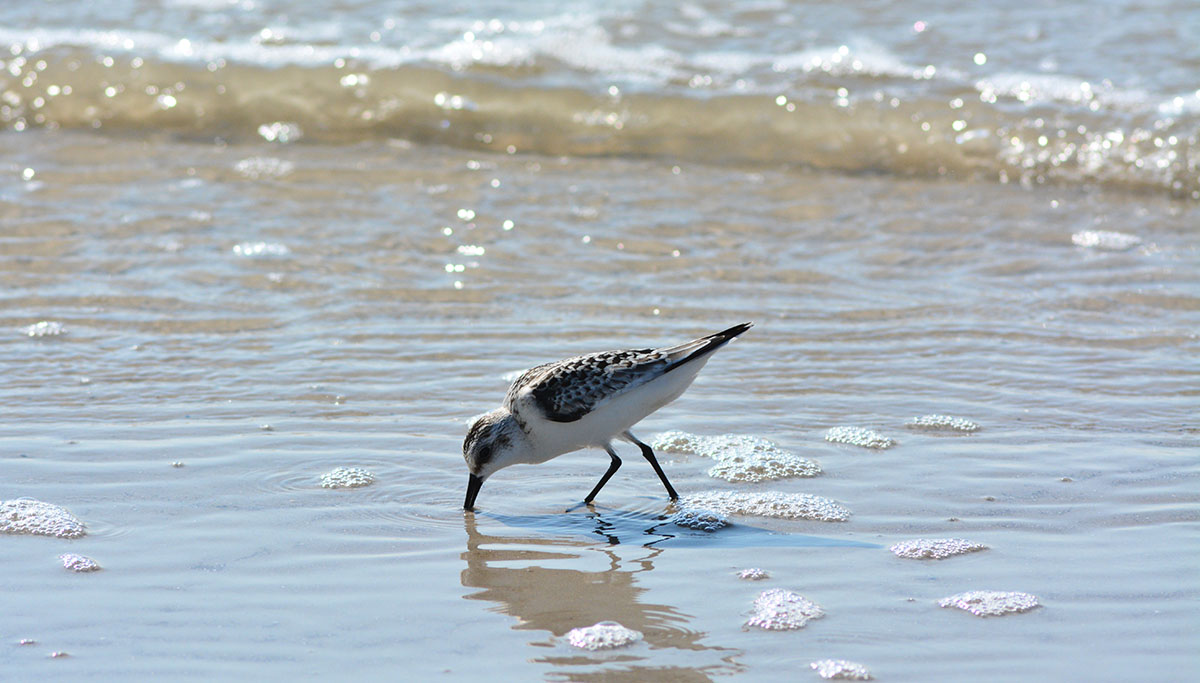
When Hurricane Harvey slammed into Texas in late August, it caused at least 75 deaths, billions of dollars of damage, and incalculable emotional suffering in addition to significant ecological impacts, many of which are still unfolding.
The storm also generated a shocking amount of garbage and debris. The Gulf of Mexico already has some of the world’s highest concentrations of plastics. Hurricane Harvey didn’t help matters. Wind and waves from the storm brought debris from the Gulf to the Texas coast. Furthermore, at least some of the storm debris in areas of Houston could make its way into Galveston Bay, and from there into the Gulf of Mexico.
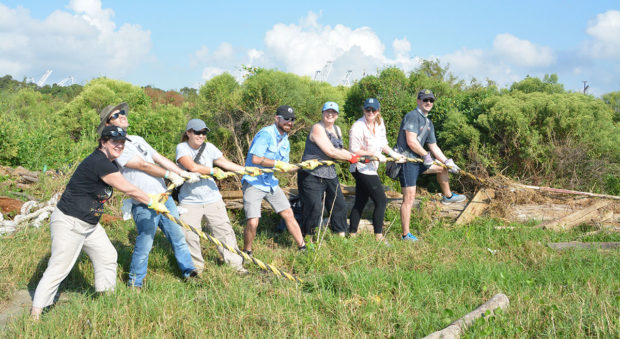
This weekend, during National Estuaries Week, National Wildlife Federation staff went to work cleaning up some of the debris in Galveston Bay. The area where we did our clean up was at Morgan’s Point – where water from Buffalo Bayou, which flows through downtown Houston, meets the bay.
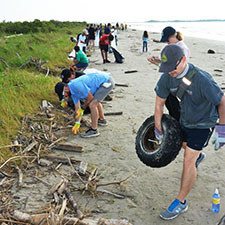
The amount of trash that littered the beach at Morgan’s Point was distressing.
“I couldn’t believe how much trash there was – and how much of it was plastic,” said Susan Kaderka, Regional Executive Director of the National Wildlife Federation’s South Central Regional Center in Austin. “The tideline was covered in bottles and other containers, straws, plastic lids, shredded bags, and tiny pieces of Styrofoam. It was upsetting because we know that wildlife like birds and sea turtles often eat plastic, mistaking it for food.”
Eating plastic is increasingly common for wildlife. One study found that 90 percent of seabirds worldwide have eaten plastic trash, a figure that has shot up from 5 percent in the 1960s. A separate study found that more than half the world’s sea turtles have eaten plastic. Fish may even actively seek out plastic debris, as it smells similar to their natural prey after spending time in the ocean.
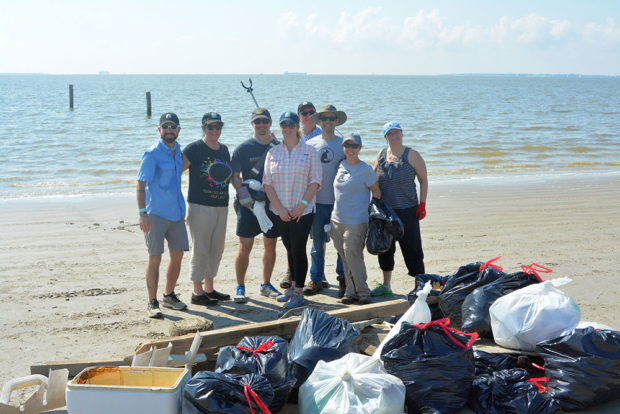
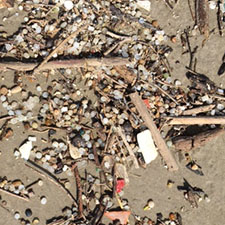
“For wildlife, eating plastic can be a fatal mistake,” said Ryan Fikes, staff scientist for the Gulf of Mexico Restoration Program. “Plastic bags in the water can look like jellyfish, a main food source for endangered sea turtles such as the Kemp’s ridley. Once wildlife have ingested too much plastic, they can effectively starve to death.”
National Wildlife Federation staff also found a surprising amount of nurdles on the beach. Nurdles, pea-sized pellets that are melted down to make plastic goods, are becoming a worldwide pollution problem.
“Unfortunately, the waste we generate in our daily lives can be a problem for the health of the Gulf of Mexico and there is no easy solution,” said Amanda Fuller, Deputy Director of the Gulf of Mexico Restoration Program. “It was really satisfying to roll our sleeves up and make a small difference for wildlife at Morgan’s Point.”
![]() Support the National Wildlife Federation as we work restore the Gulf of Mexico for wildlife!
Support the National Wildlife Federation as we work restore the Gulf of Mexico for wildlife!





















